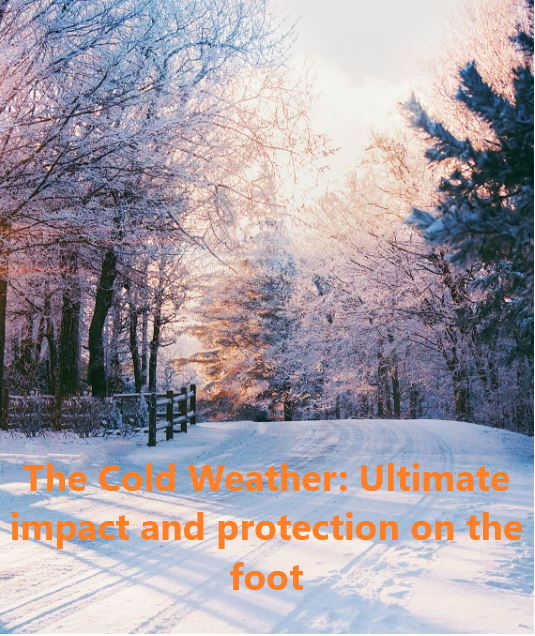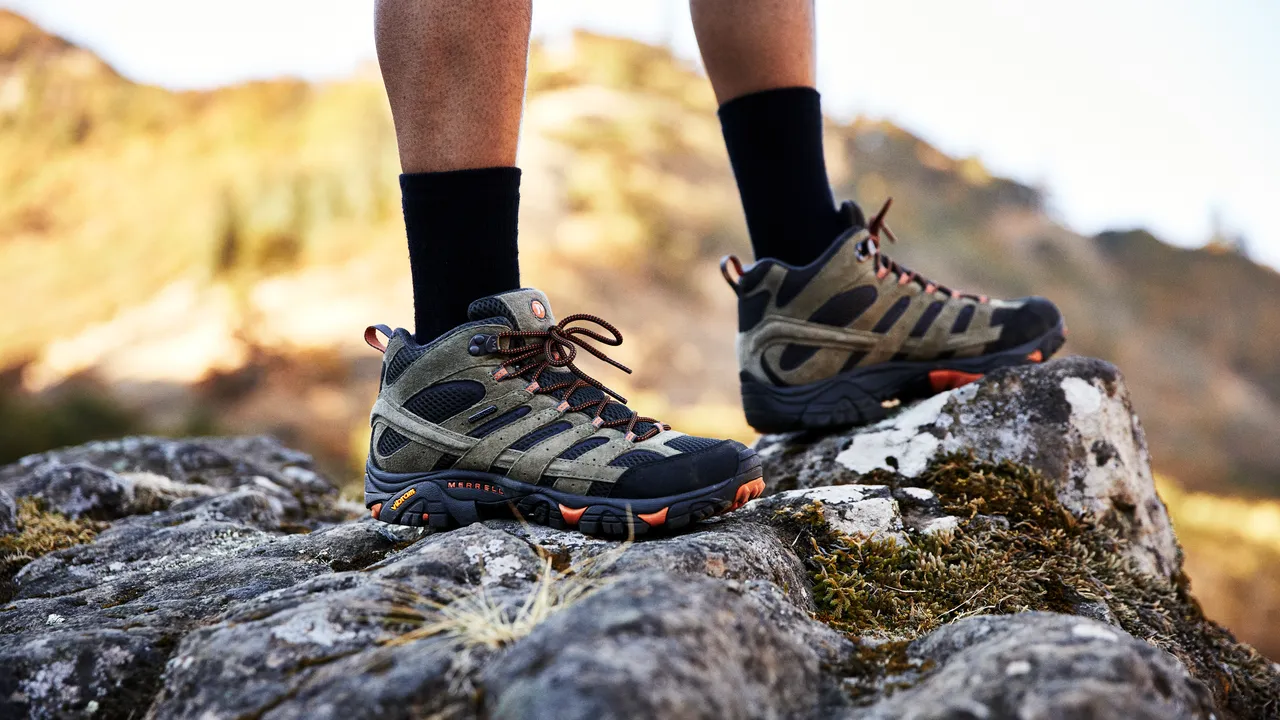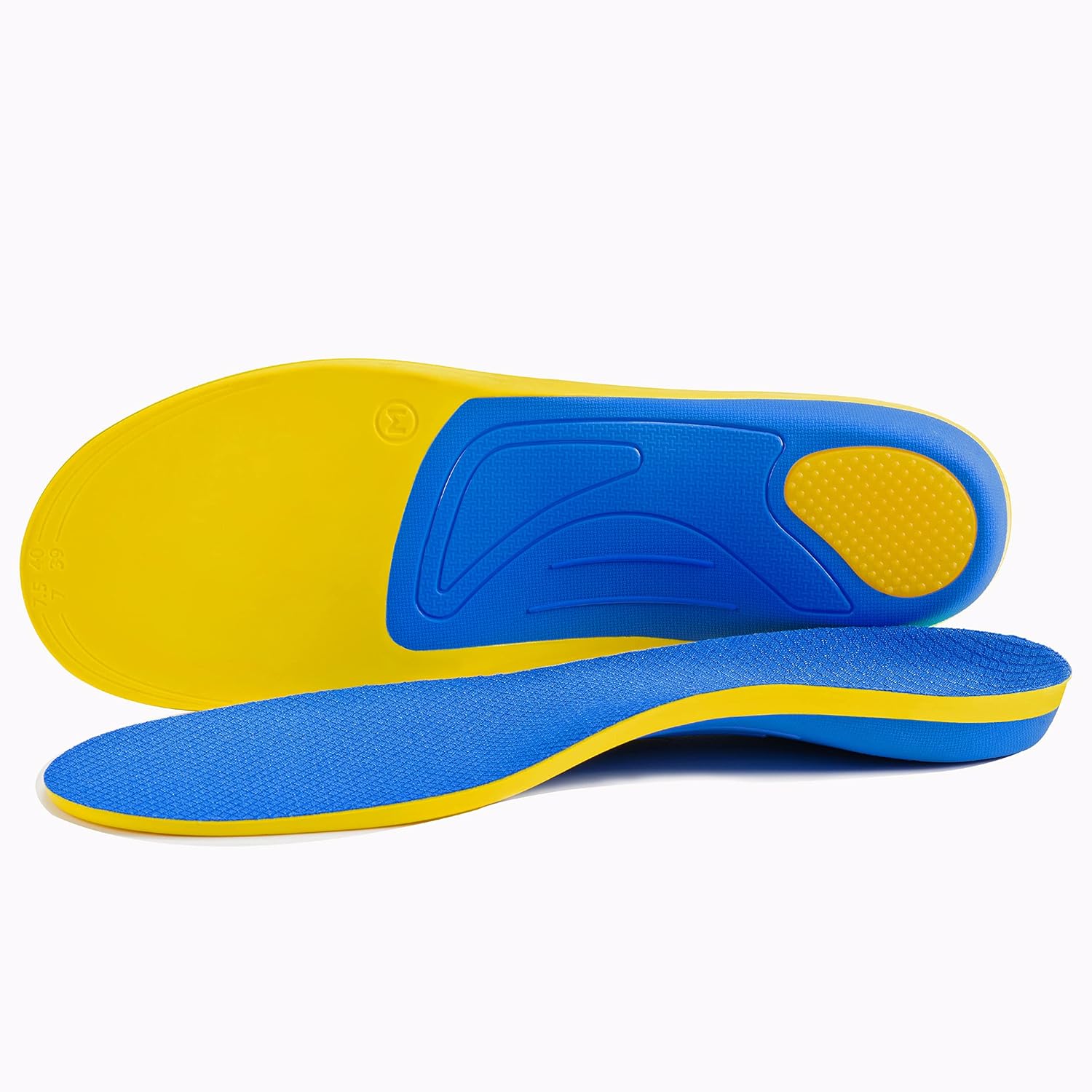Explore the profound effects of cold weather on foot health, including risks like frostbite and chilblains, and learn essential tips for safeguarding your feet. This comprehensive guide offers practical advice on footwear, skincare, and lifestyle adjustments to ensure your feet remain warm, protected, and healthy throughout the winter season.
Table of Contents
Introduction
As the temperature drops, the cold weather doesn’t just affect the ambient environment but also has a significant impact on your body, particularly your feet. Your feet are among the most vulnerable parts of your body when it comes to cold weather, due to their distance from the heart and their exposure in many outdoor activities. Understanding the effects of cold weather on your feet and how to protect them is essential for maintaining foot health and overall well-being during the colder months. This article delves into the physiological impacts of cold weather on your feet and offers comprehensive strategies for protection and care.
Understanding the Cold: Physiological Impacts on Feet
The chill of winter not only changes our environment but also significantly affects our body, particularly our feet, in ways that may not be immediately noticeable. The cold weather can have various physiological impacts on our feet, from reduced blood circulation to the risk of frostbite. Here’s a closer look at how the cold affects our feet and the underlying mechanisms that drive these changes.

Reduced Blood Circulation
When exposed to cold temperatures, the body instinctively works to preserve core warmth by constricting blood vessels in the extremities, such as the feet. This process, known as vasoconstriction, reduces blood flow to these areas to minimize heat loss and maintain a stable internal temperature. While effective for protecting vital organs, this mechanism can lead to discomfort in the feet, characterized by coldness, numbness, and a tingling sensation. In extreme cases, the reduced circulation can escalate to frostbite, where the lack of blood flow causes tissue to freeze and potentially suffer permanent damage.
2. Chilblains
Chilblains, or pernio, are the painful aftermath of repeated exposure to cold, damp environments. This condition arises when the small blood vessels in the skin become inflamed due to the cold. As the skin warms up, it can lead to itching, red patches, swelling, and blistering. Chilblains are a manifestation of the body’s struggle to adapt to temperature changes, often exacerbating discomfort and leading to potential skin damage if not managed properly.
3. Frostbite
Frostbite represents one of the most severe reactions to extreme cold, where the skin and underlying tissues freeze. The toes are particularly vulnerable to frostbite due to their distance from the heart, making them more susceptible to reduced blood flow. Symptoms start with numbness and a loss of feeling, followed by a change in skin color to white or pale. Without prompt and appropriate treatment, frostbite can cause irreversible tissue damage, leading to long-term complications or even amputation.
4. Dry Skin and Cracks
The cold air of winter is not only chilling but also dry, which can strip moisture from the skin, leading to dryness and cracking. These cracks are not just cosmetic issues; they can become painful and serve as entry points for infections, especially if they become deep or bleed. The loss of skin integrity demands attention and care to prevent further complications, emphasizing the need for moisturization and protection against the harsh winter elements.
The impact of cold weather on feet is multifaceted, affecting both the comfort and health of individuals. Understanding these physiological responses is crucial for taking proactive steps to protect the feet during winter. Whether it’s maintaining warmth, preventing moisture loss, or protecting against extreme conditions, awareness and appropriate care can help mitigate the adverse effects of cold on foot health, ensuring comfort and well-being throughout the season.
Protecting Your Feet in Cold Weather
As the mercury drops, the need to protect your feet from the cold becomes paramount. Cold weather can significantly impact the health and comfort of your feet, leading to potential issues such as frostbite, chilblains, and dry, cracked skin. However, with the right knowledge and preventive measures, it’s possible to keep your feet warm, safe, and comfortable, even in the coldest climates. This article will guide you through the ultimate impacts of cold weather on your feet and outline effective strategies for protection, ensuring you can enjoy the winter months without compromising on foot health.
Keep Your Feet Dry and Warm
Moisture-wicking socks can keep your feet dry by drawing sweat away from the skin, a crucial step in keeping feet warm. Layering with wool or thermal socks provides additional insulation. Waterproof boots are essential for wet conditions to prevent cold and dampness from penetrating.

Choose the Right Footwear
Selecting the correct footwear is crucial for cold-weather protection. Shoes should be insulated, waterproof, and breathable, allowing moisture to escape while keeping the feet dry and warm. Ensure there’s enough room for thick socks without compromising circulation.
Regular Moisturization
Applying moisturizer regularly can help combat the dryness caused by cold weather. Look for thick, nourishing creams or ointments specifically designed for dry skin. Apply after bathing and before bed to help maintain skin hydration.

Gentle Warming Technique’s
If your feet get cold, warm them gradually. Soaking in warm (not hot) water or using a warm towel can gently increase temperature. Avoid direct heat sources like heaters or hot water bottles, as these can cause burns, especially if your feet are numb.
Stay Active
Physical activity boosts circulation, which is vital for keeping your feet warm. Simple exercises, like toe curls or foot pumps, can be performed even during sedentary activities.
Protect Against Frostbite and Chilblains
Limit exposure to extremely cold temperatures and wet conditions. If you must be outside, take frequent breaks to warm up, and regularly check your feet for signs of frostbite or chilblains. Early detection and treatment are key to preventing long-term damage.
Nutritional Support
A diet rich in omega-3 fatty acids and vitamin E can improve blood circulation and skin health, offering additional protection against cold-induced damage. Foods like fish, nuts, and leafy greens are excellent sources.
Conclusion
Cold weather presents a unique set of challenges for foot health, emphasizing the need for proactive care and protection. By understanding the physiological impacts of cold on the feet and implementing effective strategies to combat these effects, you can ensure your feet remain healthy, warm, and well-protected throughout the winter months. Remember, prevention is key to avoiding the discomfort and potential health issues cold weather can bring to your feet. Keep them dry, warm, and well-nourished, and don’t hesitate to seek medical attention if you experience severe pain, numbness, or signs of frostbite or chilblains. Your feet carry you through life; give them the care they deserve, especially during the cold season.









